The pinnacle of motorsports: drifting
Two cars succeeded side by side
But there were no drivers?
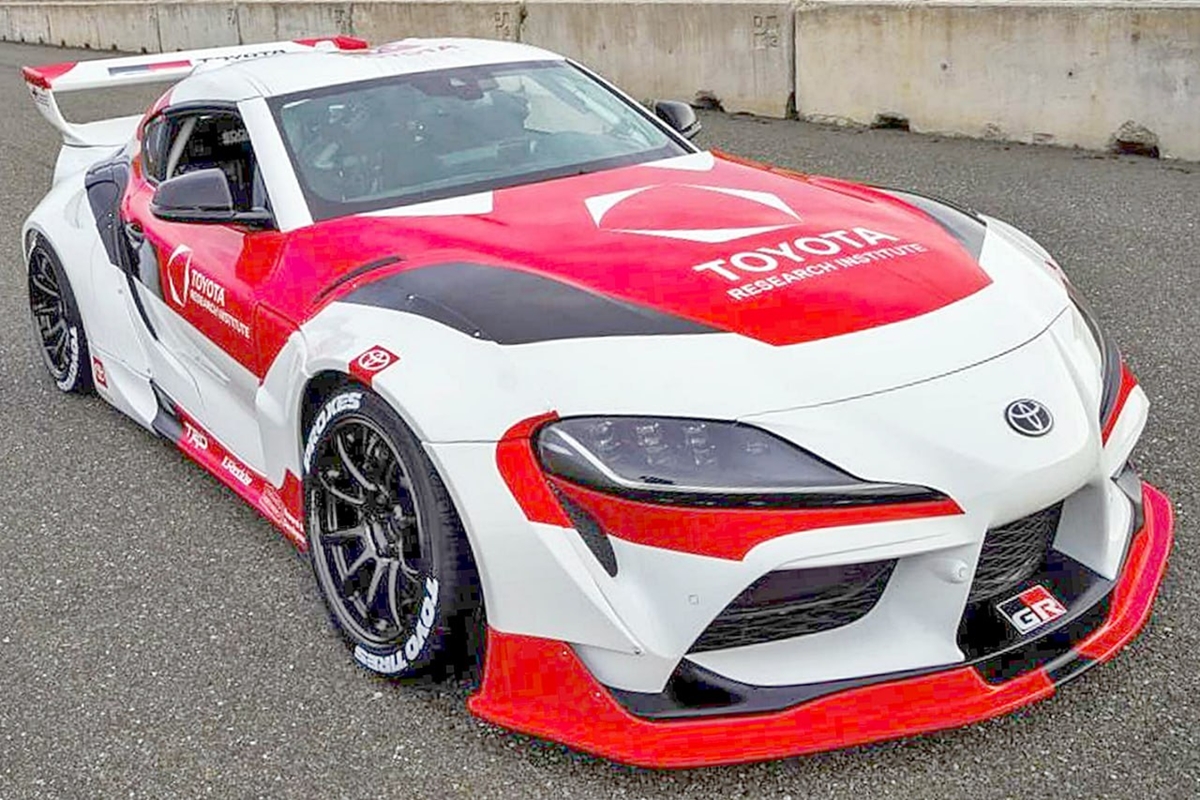
In collaboration with Stanford University, Toyota has achieved a groundbreaking milestone with the world’s first autonomous twin drift, culminating after approximately seven years of research. In 2022, Toyota developed the first artificial intelligence (AI) Supra capable of drifting, marking a significant advancement in autonomous driving technology.
Toyota recently released a video showcasing two GR Supras performing autonomous drifts side by side on a California circuit. The footage highlights the Supras drifting in perfect synchronization, with the transmission and steering wheels operating independently, demonstrating the precision and innovation of Toyota’s autonomous driving technology.
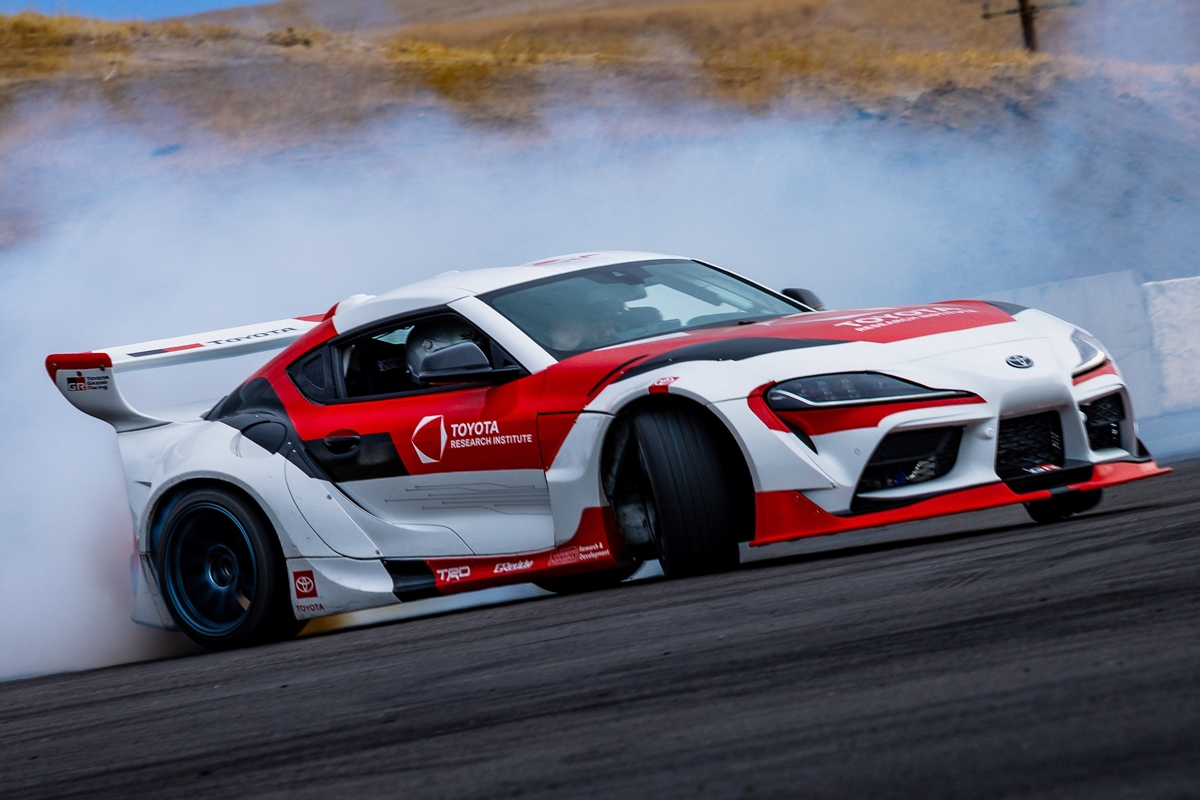
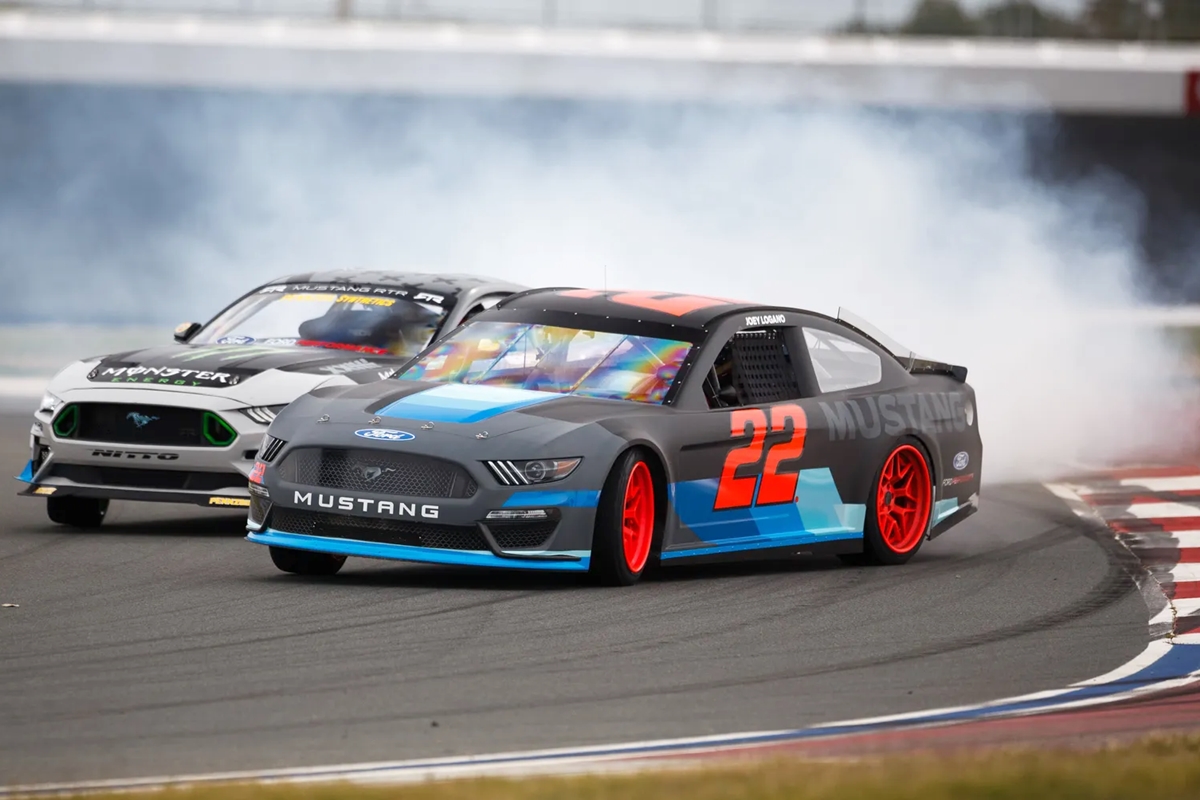
The reason for automating drifting techniques
Automating drift techniques may seem counterintuitive. Drifting is both thrilling and challenging, requiring years of practice to master. Introducing autonomous driving technology for drifting could diminish the enjoyment and sense of accomplishment that comes with this skill.
When multiple vehicles drift simultaneously, the risk is exceptionally high for the car trailing behind. The rear vehicle must maintain close proximity to the front while avoiding collisions and maintaining control. Toyota argues that this scenario is ideal for autonomous driving systems. According to them, these systems must balance multiple, often conflicting objectives, such as collision avoidance, road conditions, and real-time responses to other vehicles.
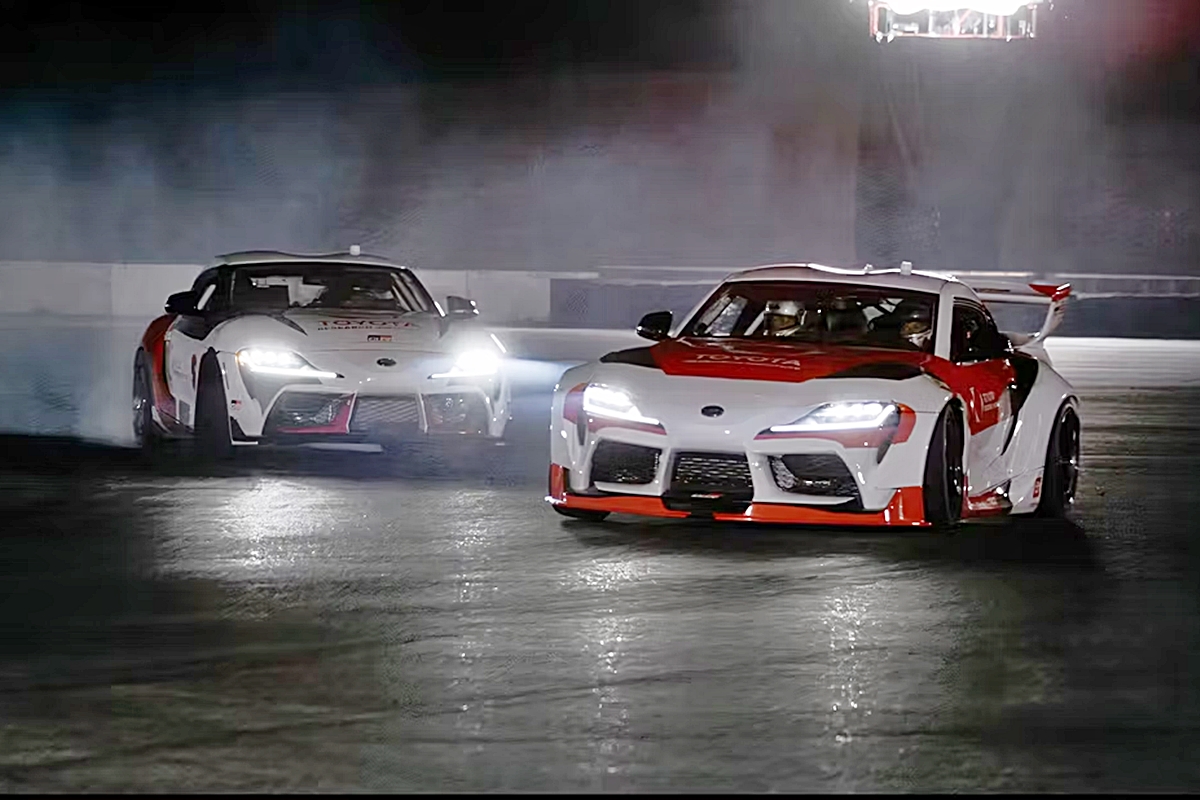

Using special sensors and computers to control vehicle movements finely
Toyota used two GR Supras, the Keisuke and the Takumi, which were tuned to produce 700 and 520 horsepower, respectively. It is named after the main character of the famous Japanese animation, Initial D. Both vehicles are equipped with special sensors and computers that control the brakes, steering wheel, and throttle valves.
Computers use sensors to control the vehicle’s steering, throttle, and braking about 50 times per second. Using Nonlinear Model Predictive Control (NMPC) technology, the goals of each car are expressed in a mathematical formula and described as constraints for the driving program. The lead vehicle is instructed to drift along the desired path within limits such as steering angle as much as possible. The role of the trailing vehicle is basically to perform the same tasks as the lead vehicle but to keep it from colliding.
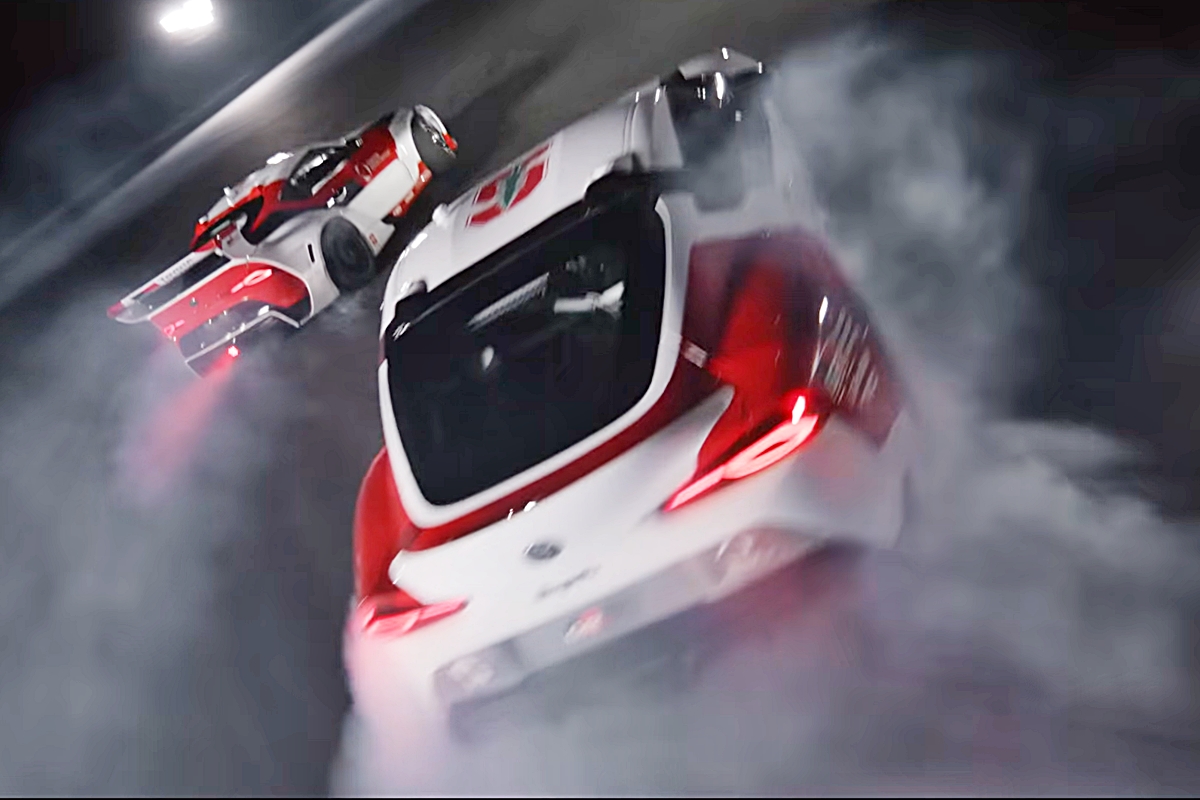
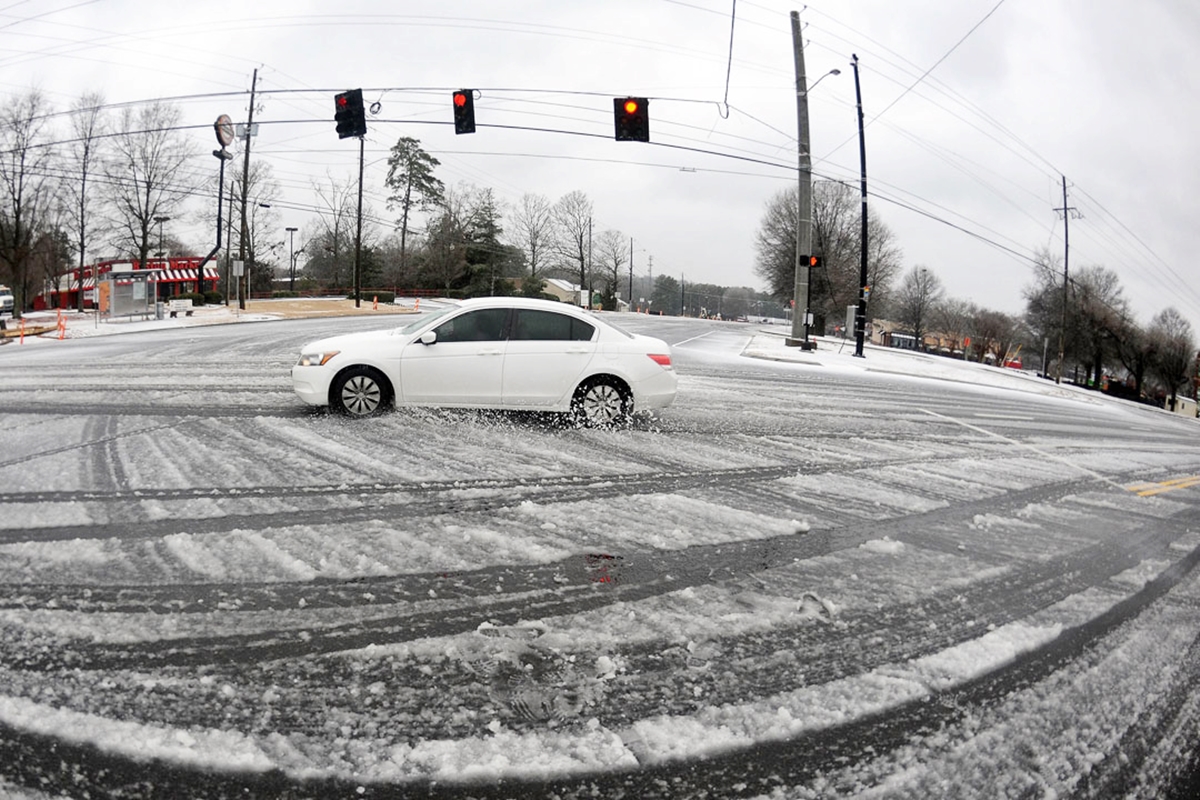
What seemed like fun actually had a real purpose
One might wonder what this autonomous drift has to do with safety. Toyota responded, “The way you steer a vehicle while drifting is the same way you steer a vehicle on ice or snow. This is where regular drivers can benefit from self-driving systems.”
Although it will take time for commercialization, the technology could be applied to vehicles that lose control on slippery roads, such as icy or wet roads. It has the potential to save drivers who later lose control of their cars.










Most Commented